
Royal portraits confirm "Habsburg jaw" was caused by inbreeding
Birth and heritage European inheritances of Charles V in 1519: Burgundian lands in orange, Spanish kingdoms in blue and light blue, Austrian realms in dark red, borders of the Empire in red.
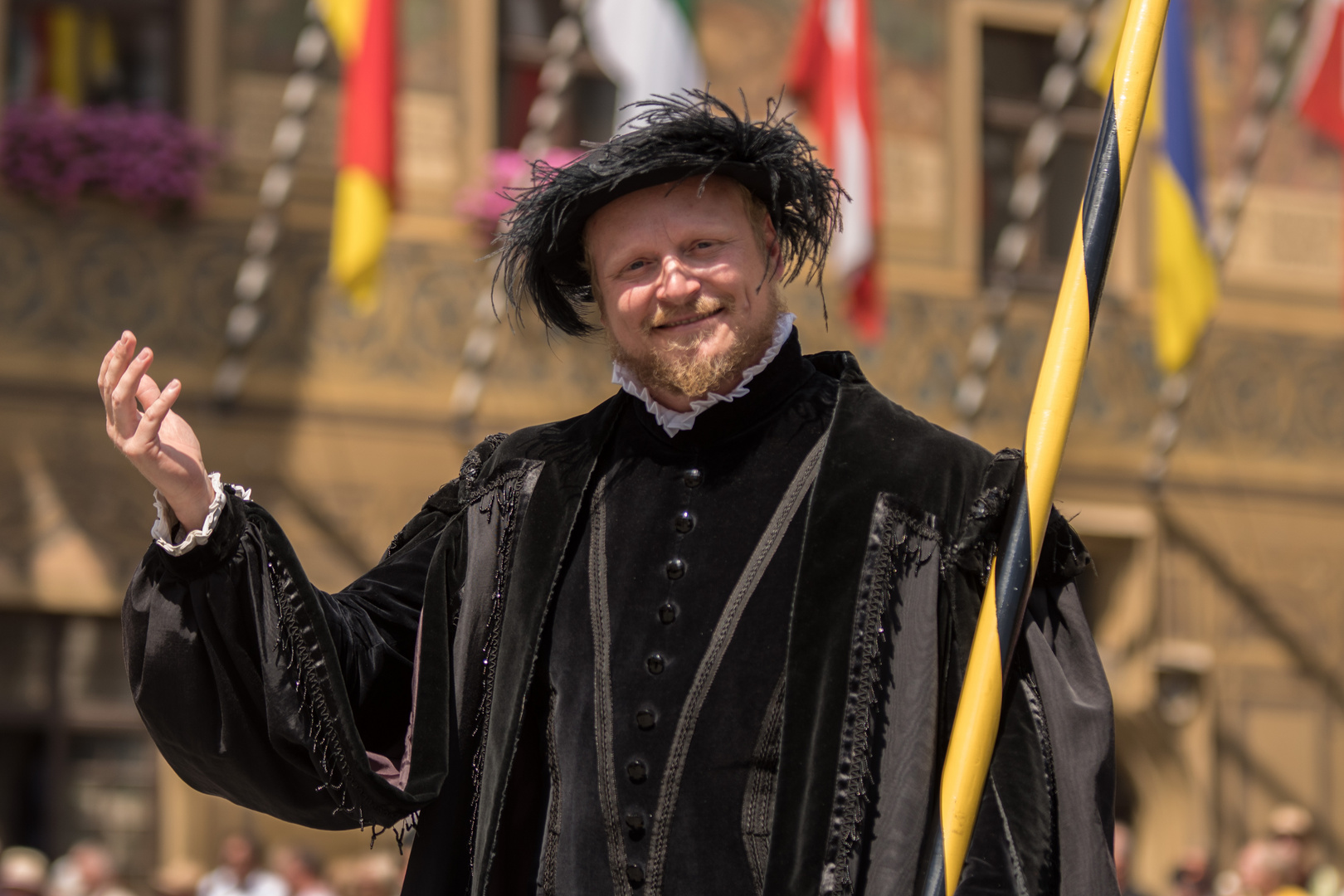
Kaiser Karl V. Foto & Bild szene, historisch verkleidet, fotos Bilder
Charles V [c] [d] (24 February 1500 - 21 September 1558) was Holy Roman Emperor Archduke of Austria from 1519 to 1556, King of Spain from 1516 to 1556, and Lord of the Netherlands Duke of Burgundy from 1506 to 1555. He was heir to and then head of the rising House of Habsburg during the first half of the 16th century.

Pin on HistoryIstorijaHistória
His early death and the tragic failure of his endeavours to bring about peace led to an idealization of the failed monarch as a 'martyr emperor': after intensive lobbying by prominent conservative-Catholic circles, Karl was beatified on 3 October 2004 by Pope John Paul II with the argumentation that the last Habsburg on the imperial throne had b.
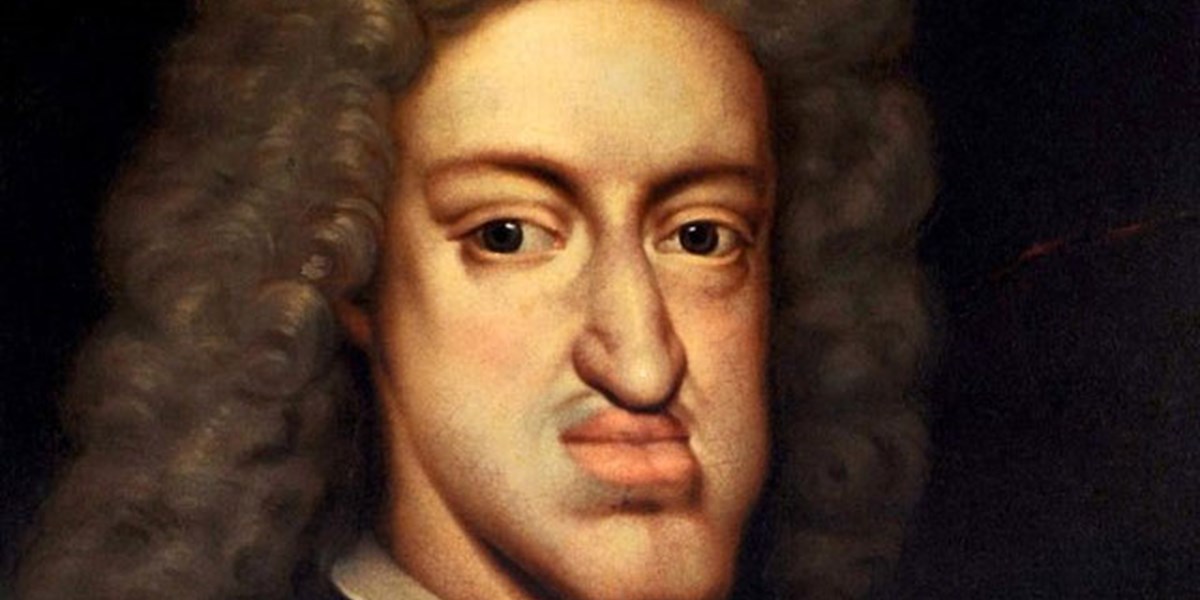
Habsburger Kinn Inzucht / Para cesarska Habsburgów (XIX wiek) model
Karl von Habsburg (Karl Thomas Robert Maria Franziskus Georg Bahnam; born 11 January 1961), also known as Karl of Austria and referred to by his ancestral titles as Archduke of Austria, Royal Prince of Hungary, Bohemia and Croatia, [4] is an Austrian politician, the current head of the House of Habsburg-Lorraine.

Rudolf Prinzessin elizabeth, Kaiser von österreich, Kaiser
Federal offer of Karl von Habsburg, Oct. 16, 1918 Summary[edit] Since Aurel C. Popovici, Die Vereinigten Staaten von Groß- Österreich, Leipzig, Elischer, 1906, Max Schiavon, "L'Autriche-Hongrie la Première Guerre mondiale : La fin d'un empire", Soteca publ., Paris 2011, ISBN 978-2-916385-59-4, p. 233-234 File:AustriaHungary4.svg Claude Zygiel

The Habsburg lip
The House of Habsburg ( / ˈhæpsbɜːrɡ /, German: Haus Habsburg, pronounced [haʊ̯s ˈhaːpsˌbʊʁk] ⓘ, Spanish: Casa de Austria ), also known as the 'House of Austria' in other European languages, [note 6] is one of the most prominent and important dynasties in European history. [3] [4]

Das Reich Karls ?. Habsburgische Vormacht in Europa9783141003802
Emperor Karl on his way into exile. In the winter of 1918/1919 Eckartsau was the setting for the final act in the long rule of the Habsburgs: for three months the hunting lodge was the home of Karl, the last, disempowered Austrian emperor, before the imperial family set off into exile. After Karl had signed the declaration by which he renounced.

Flemish School (c. 1515) Emperor Charles V (150058)
September 1558 in Cuacos de Yuste, Spanien) war ein Angehöriger des Herrscherhauses Habsburg, Kaiser des Heiligen Römischen Reiches und König von Spanien .

CARLOS I DE HABSBURGO Возрождение искусства, Портрет, Художники
Geb. am 24. Februar 1500 in Gent (Belgien) Gest. am 21. September 1558 in San Jerónimo de Yuste (Spanien) Wahlspruch: "plus ultra - immer (noch) weiter" Karl V. war einer der mächtigsten europäischen Herrscher der Geschichte. Er regierte über Gebiete in Europa und Amerika.
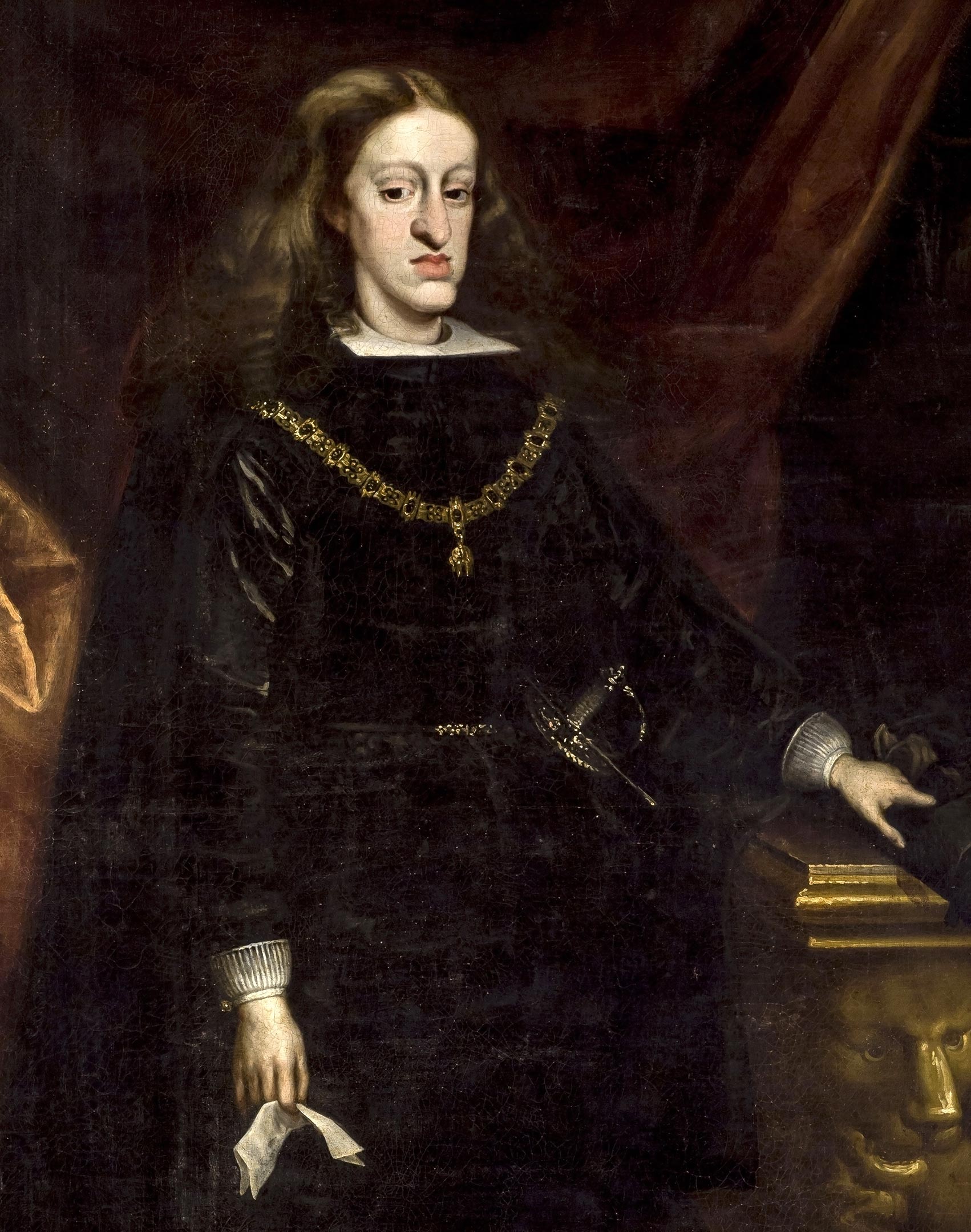
“Habsburg Jaw” Facial Deformity in Royal Dynasty Linked to Inbreeding
Charles VI ( German: Karl; Latin: Carolus; 1 October 1685 - 20 October 1740) was Holy Roman Emperor and ruler of the Austrian Habsburg monarchy from 1711 until his death, succeeding his elder brother, Joseph I. He unsuccessfully claimed the throne of Spain following the death of his relative, Charles II.

Habsburg Store norske leksikon
Thomas Penn. by Geoffrey Parker. I n late 1555 Charles V, Holy Roman Emperor and head of the house of Habsburg, returned to the Low Countries, where he was born: there, he began the long, slow process by which he abdicated in favour of his son Philip and brother Ferdinand. It was abundantly clear why such a transfer of power was necessary.
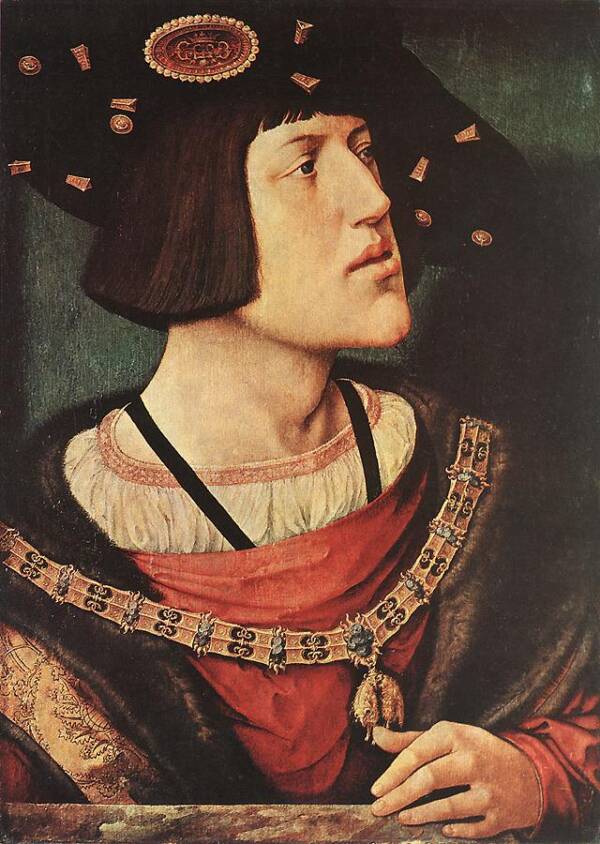
The Habsburg Jaw The Royal Deformity Caused By Centuries Of Incest
Karl von Habsburg As the grandson of the last Austro-Hungarian emperor, Karl von Habsburg is a claimant to the defunct throne. However, as an Austrian resident, he does not use his ancestral titles.

Karl von Habsburg, chef de la maison de HabsbourgLorraine, aux
Charles V, German Karl, (born Feb. 24, 1500, Ghent—died Sept. 21, 1558, San Jerónimo de Yuste, Spain), Holy Roman emperor (1519-56) and king of Spain (as Charles I, 1516-56). Son of Philip I of Castile and grandson of Ferdinand V and Isabella I and of Emperor Maximilian I, he succeeded to his grandfathers' kingdoms on their deaths in.

Map The Habsburg Empire of Charles V, the first "Empire on which the
Karl von Habsburg is the grandson of the last of the Habsburg emperors. In Sarajevo his great uncle, Archduke Franz Ferdinand, was assassinated in June 1914.
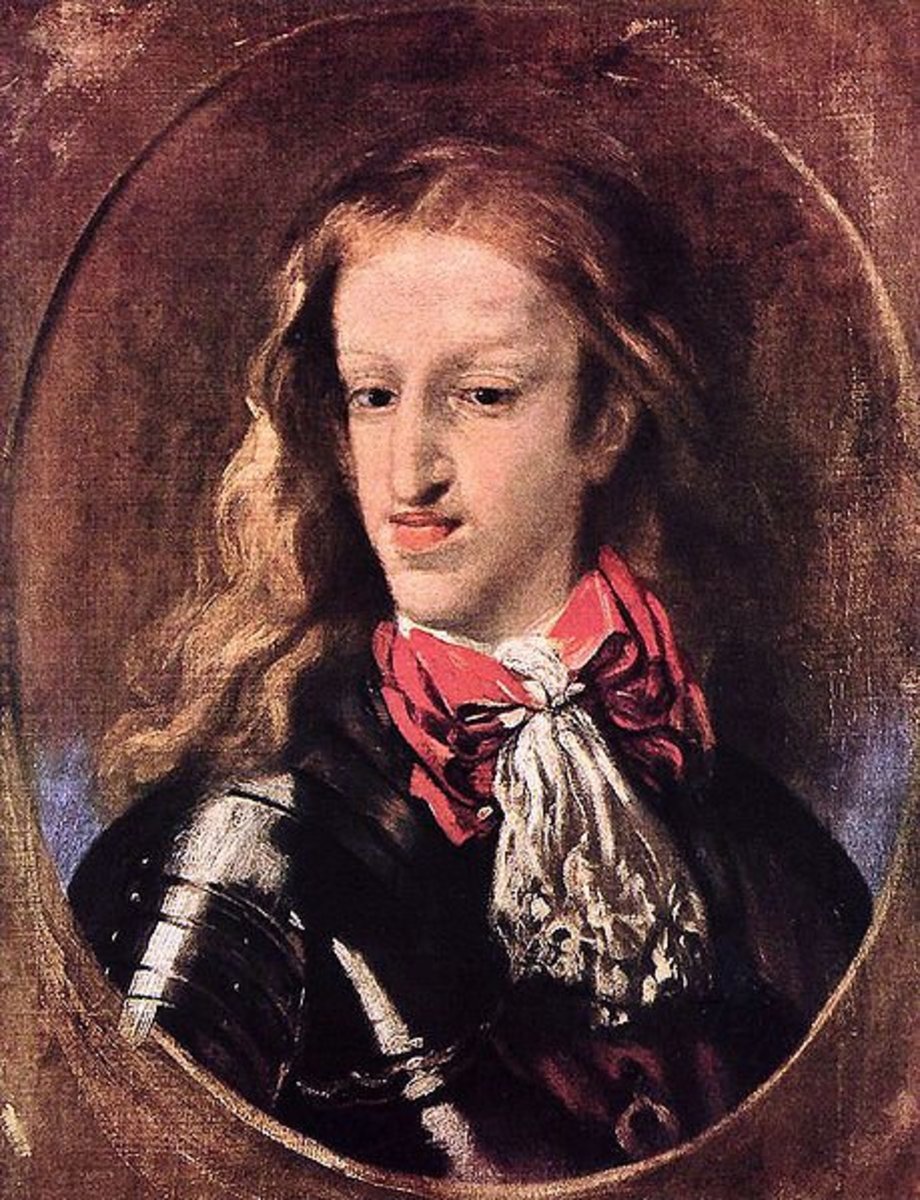
The Habsburg Jaw and Other Royal Inbreeding Deformities Owlcation
king (1516-1556), Spain House / Dynasty: House of Habsburg Notable Family Members: father Philip I mother Joan son Juan de Austria son Philip II brother Ferdinand I (Show more) See all related content →
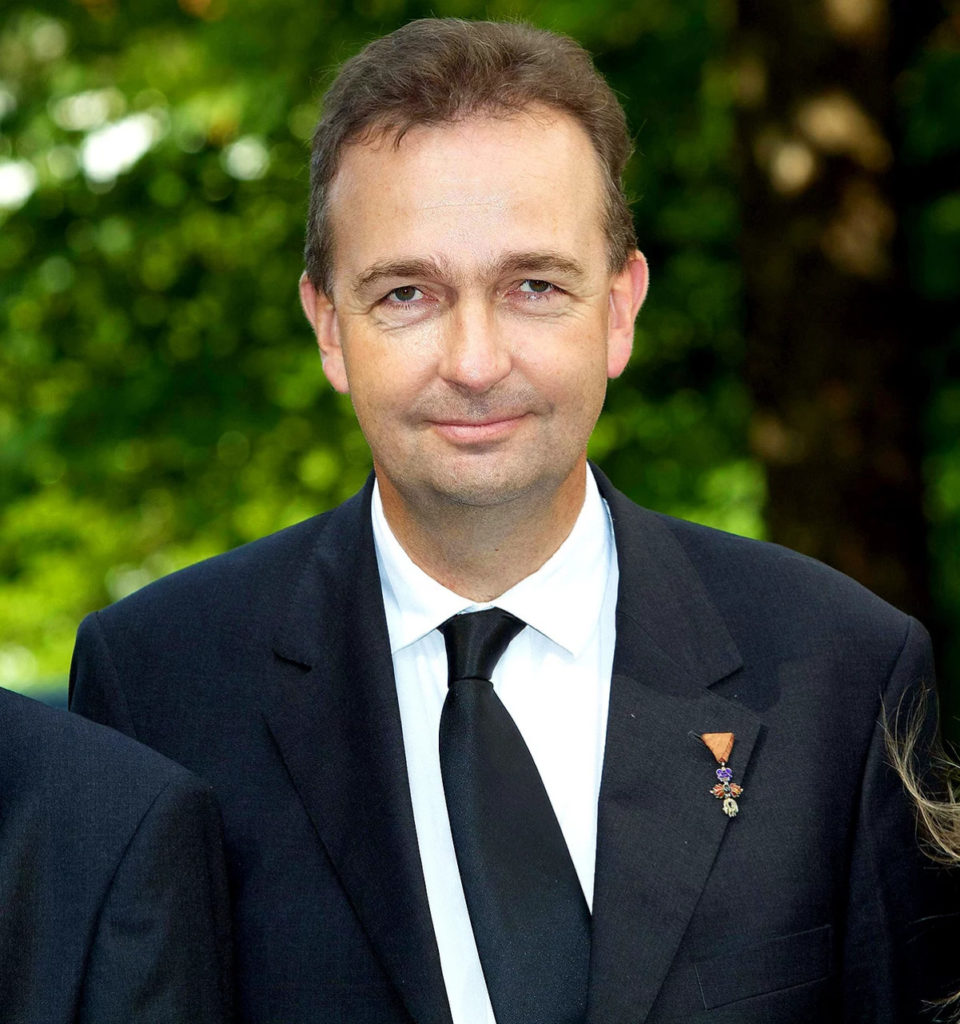
Prince Albert of Monaco Tests Positive For Coronavirus
Genealogy for Charles V von Habsburg (1500 - 1558) family tree on Geni, with over 250 million profiles of ancestors and living relatives.. Catalan: emperador Carles V dels Habsburg, monarca d'Espanya, German: Kaiser Karl V. von Habsburg, König von Spanien, French: empereur Charles V de Habsbourg, roi des Espagnes, Dutch: Keizer.